
June, transitioning into the rainy season, is a time when Japanese sensibility overflows in nature and daily life. It's a month filled with poetic scenes that can be encountered in the midst of the moist air, such as hydrangeas, fireflies, rice planting, and plum preservation. In this article, we'll introduce events and customs unique to June, festivals held in various regions, and seasonal delicacies.
*If you purchase or make reservations for products introduced in this article, a portion of the sales may be returned to FUN! JAPAN.
🚅Book your Shinkansen ticket with NAVITIME Travel! 👉 Click here
Holidays and Commemorative Days in June
Interestingly, June is the only month in the Japanese calendar without a national holiday. After the excitement of Golden Week in May, the next official break doesn’t come until “Marine Day” in July. As a result, June can feel a bit underwhelming for those who look forward to public holidays. However, even without official holidays, June still offers plenty of seasonal charm through various commemorative days and traditional events that highlight the beauty of the season.
Father's Day (3rd Sunday of June)

One of the most important commemorative days in June is Father’s Day, celebrated on the third Sunday of the month. It’s a time for families to show appreciation and gratitude to fathers, often through gifts or a special meal. Popular gift choices include classic items like neckties and socks, alcoholic beverages such as beer or shochu, health-related goods, and massage devices. Handwritten message cards and portrait drawings made by children are also cherished and well-received. It's a heartwarming event that allows families to reaffirm their bonds.
👉 Read more about Father's Day in Japan
🎁 Find a Father's Day gift (Yahoo! Shopping)
Grain in Beard (Boshu)
"Grain in Beard" (Bōshu) is one of the 24 solar terms, occurring around June 6th each year. "Beard" refers to the spikes on the tips of rice and wheat ears, and Grain in Beard means the season for sowing these seeds. It's the time when rice planting begins in earnest, and in rural areas, events are sometimes held to pray for a bountiful harvest for the year. It's an important milestone that reflects the Japanese way of life, which has long been closely connected to nature.
Summer Solstice (Geshi)
The "Summer Solstice" (Geshi) is the day with the longest daylight hours of the year, occurring around June 21st. On this day, when the sun reaches its highest position and the balance between the length of day and night is at its extreme, celebrations and festivals have been held in various parts of the world since ancient times. Although there are no major events in Japan, it has been cherished as a day to sense the changing of seasons in agriculture and daily life. It's one of the quiet milestones before the peak of summer arrives.
What Are Japan’s Seasonal Traditions and Highlights in June?
Rainy Season

When thinking of June in Japan, the first thing that comes to mind is the rainy season (tsuyu). During this time, the Japanese archipelago is enveloped in humidity, with continuous light rain. While this can cause some inconvenience in daily life, many people also find comfort in the soothing sound of rain. The rainy season is a blessing for fields and crops, as the rainfall is essential for the growth of agricultural produce. Moreover, plants like hydrangeas that shine in the rain brighten the streets, offering a unique charm that can only be experienced during rainy days.
☔ Search for rainy season products (Yahoo! Shopping)
Hydrangea (Ajisai)
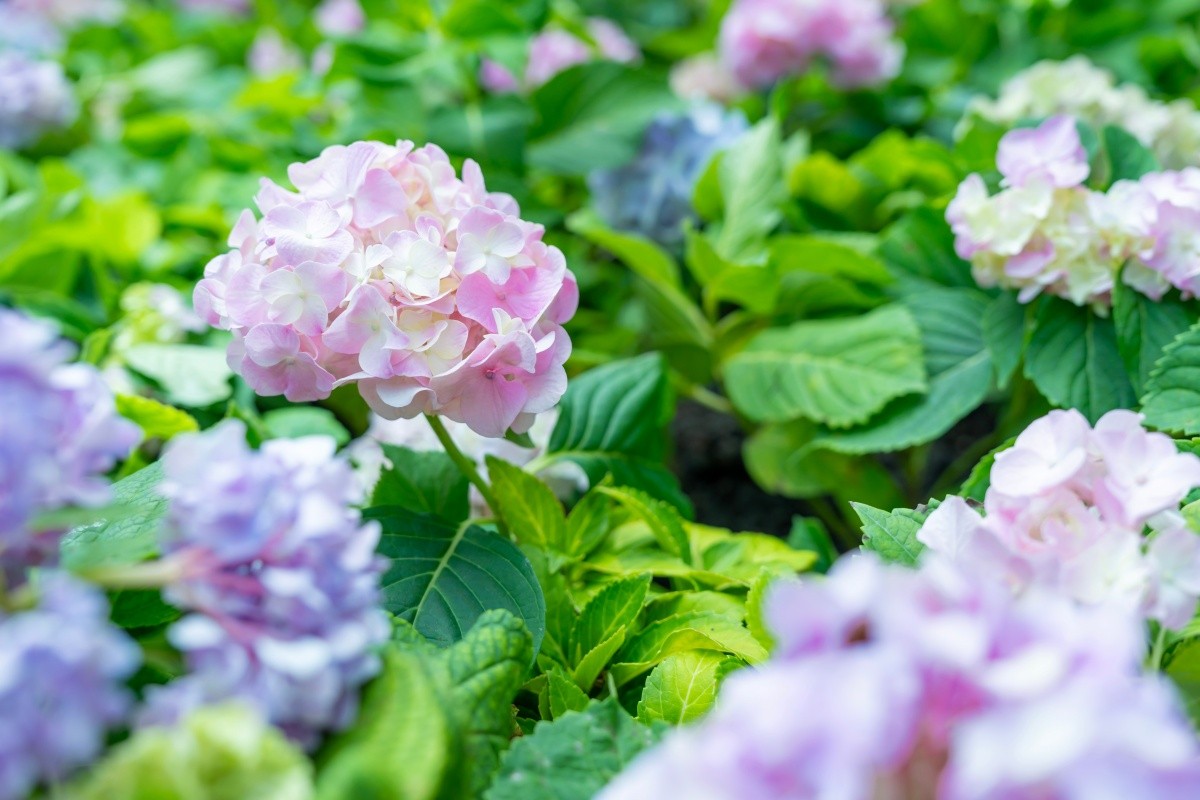
When it comes to flowers that symbolize the rainy season landscape, hydrangeas are undoubtedly the most iconic. In June, temples, shrines, and parks across the country are adorned with hydrangeas, and many places become popular tourist attractions. The colorful blooms have a unique characteristic of changing their color to blue or pink depending on the soil's acidity, which adds to their mystical charm. They appear even more vibrant when wet, making this the perfect time for photography.
🌼Read more about Japan's hydrangea-viewing spots
Seasonal Change of Clothing (Koromogae)

June 1st is also known as the day for "changing clothes." Schools and companies have a tradition of switching from winter to summer uniforms, making uniforms and suits suddenly lighter. At home, it's also the time to reorganize closets, putting away thick clothing and bringing out cooler clothes. Changing clothes according to temperature and humidity changes is important for health management and has been passed down as a uniquely Japanese wisdom of life.
Ume (Plum) Work
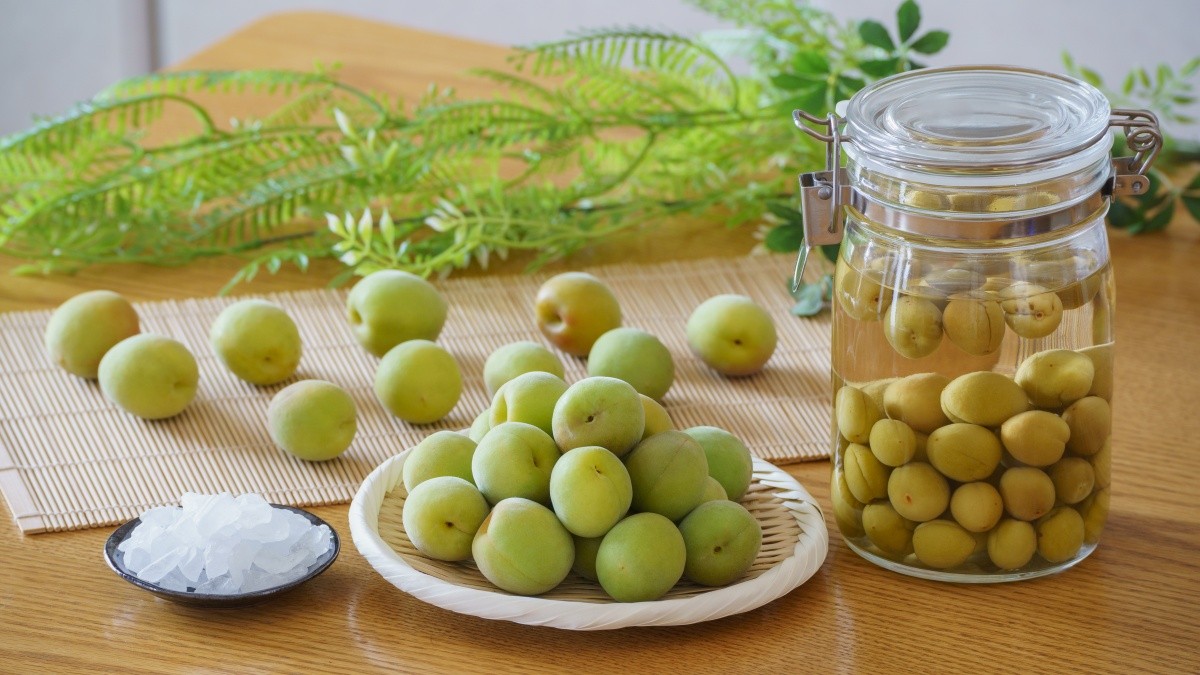
"Ume work" refers to the preservation of plum fruits, and June is its peak season. Making plum wine with green plums or umeboshi (pickled plums) with ripe plums has long been a familiar seasonal tradition in Japanese households. The careful process of washing plums, removing stems, and pickling them in salt or sugar is one of the seasonal handcrafts. Recently, beginner-friendly kits have become popular, with people of all ages enjoying plum work.
🍃 Read an article on "How to Make Delicious Plum Wine"
👉 Shop for plums (Yahoo! Shopping)
Rice Planting Season

June is also when rice planting is in full swing. In rural areas, you can see water-filled paddies being planted with rice which is an iconic scene of Japanese countryside life. Rice planting is an important task wishing for a good harvest for the year, and in some regions, it's accompanied by festivals and religious ceremonies. For urban dwellers, it's an opportunity to connect with nature through agricultural experiences and rural events.
Fireflies
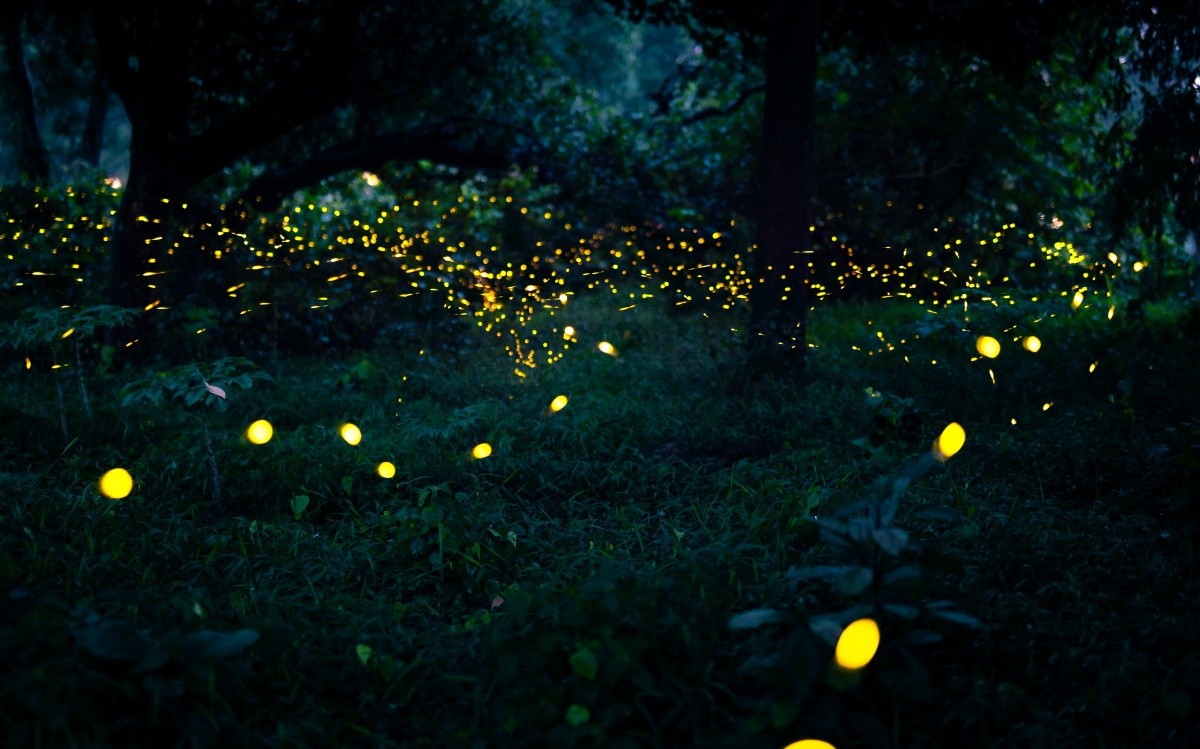
From mid to late June is the season when fireflies light up the night. Species like Genji fireflies and Heike fireflies create a fantastical natural art in the night waterside. At many firefly habitats viewing events are even held and watching their quiet glow makes time seem to flow slowly. Although their numbers are decreasing due to environmental changes, this makes their spectacle all the more precious.
June Bride

Based on the European saying that "June brides are blessed," June weddings are also popular in Japan. Although it's a rainy season climatically, weddings held in this calm atmosphere are special in their own way. Recently, with indoor chapels and venues with gardens, it's possible to create a romantic mood despite the weather.
Summer Purification Ritual (Nagoshi no Harae)
The "Nagoshi no Harae" held on June 30th is a Shinto ritual to purify the impurities and misfortunes of the past half year. At shrines, a ceremony called "Chinowa kuguri" is performed, where visitors pass through a large ring made of cogon grass to pray for good health. It also serves as a mid-year reset, allowing for quiet self-reflection. In some regions, there's a custom of eating a Japanese sweet called "Minazuki."
Summer Bonus
Although it varies by company, the "summer bonus" paid from late June to July is something many working people look forward to. It's often used for summer travel, shopping, family activities, and recently, more people are putting it towards investments or savings. It also serves as an indicator of economic trends, with average payment amounts often featured in news reports.
What are Typical Japanese Foods in June?
As June enters the rainy season, the colors and flavors of ingredients begin to shift towards summer. This season brings unique seasonal ingredients and dishes associated with annual events that enrich the dining table. Here are some representative foods of June in Japan.
Minazuki
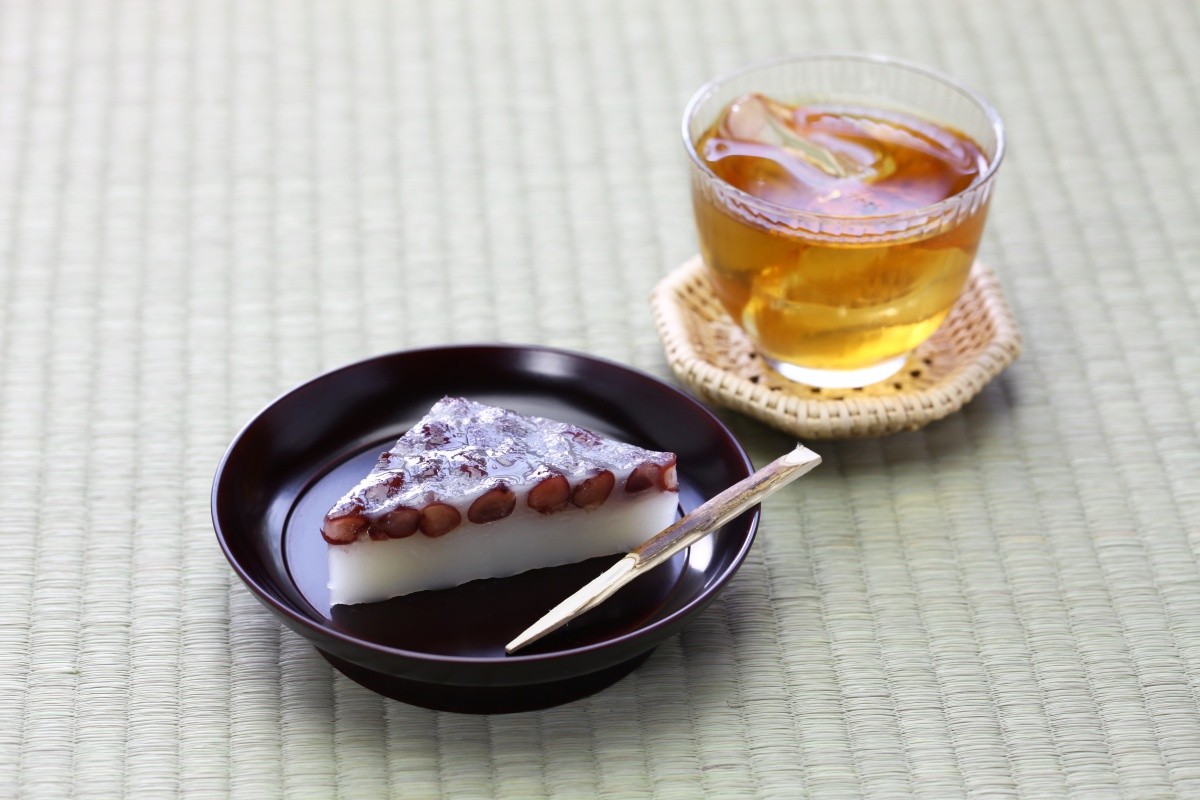
Minazuki is a traditional Japanese sweet that has long been enjoyed in June. It's characterized by its triangular shape with red bean paste on top of a white rice flour dough, said to represent "ice" in Yin-Yang philosophy. It's customarily eaten on June 30th during the "Nagoshi no Harae" ritual to ward off misfortunes and pray for good health. Its chewy texture and mild sweetness help alleviate the summer heat, making it a truly seasonal treat.
Komugi Mochi (Hangesho Mochi)
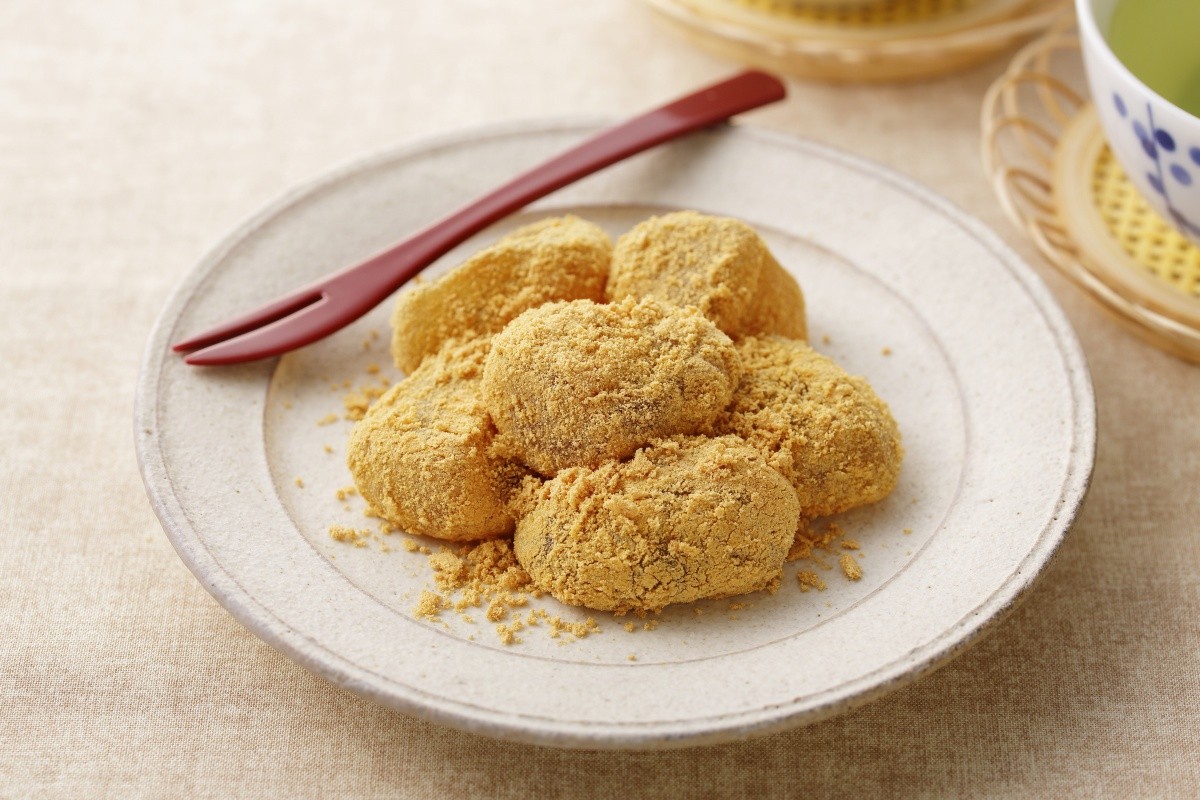
"Hangesho" is one of the 24 seasonal divisions in the traditional calendar, usually falling in early July. Around this time, "Komugi mochi" or "Hangesho mochi" is eaten, particularly in the Kansai region. This custom of eating wheat flour mochi with family emerged as a way to express gratitude for the wheat harvest and to reward oneself for hard work. Its simple, gentle flavor evokes the essence of early summer in Japan.
Octopus
Octopus is in season from June to July. Especially in the Kansai region, there is a custom of eating octopus during Hangesho. This is based on the wish for rice roots to take hold firmly like octopus legs. Whether boiled and eaten as is, or prepared in vinegared dishes, octopus rice, or tempura, its texture and umami perfectly suit the early summer table.
Okra
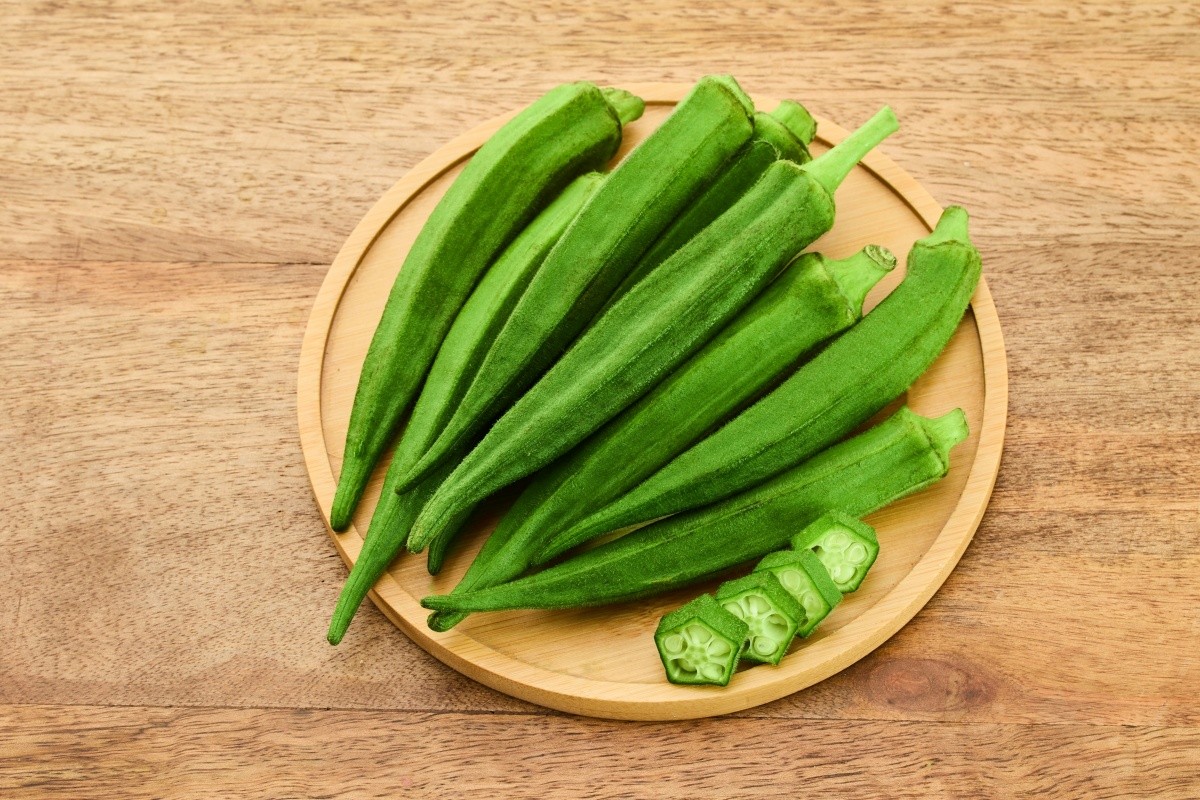
Okra, known for its unique stickiness, starts appearing in markets around June. Rich in dietary fiber and vitamin C, it's a nutritious vegetable that's gentle on bodies tired from summer heat. Adding it to dishes like ohitashi (broth), miso soup, or aemono (mixes salad) provides a slippery texture accent. Its vibrant color also helps create a summery atmosphere in dishes.
👉 Find Okura through Furusato Nozei (Yahoo! Shopping)
Broad Beans (Soramame)
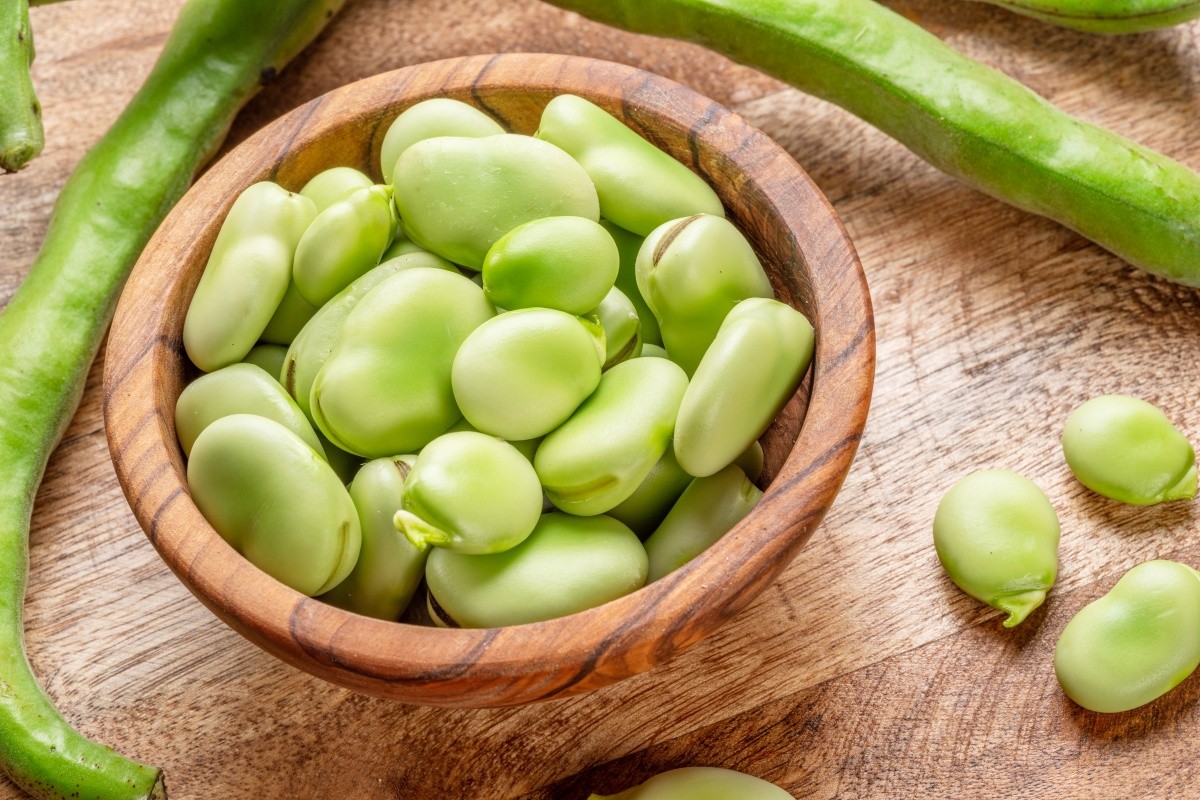
Broad beans are in season from spring to early summer, reaching their peak flavor in June. They're said to be named "sora-mame" (sky beans) in Japanese because their pods grow facing the sky. They can be enjoyed simply boiled with salt or roasted, allowing you to savor their natural sweetness and aroma. Often appearing on tables as a harbinger of the season, they also pair excellently with beer.
👉 Find broad beans through Furusato Nozei (Yahoo! Shopping)
Bitter Melon (Goya)
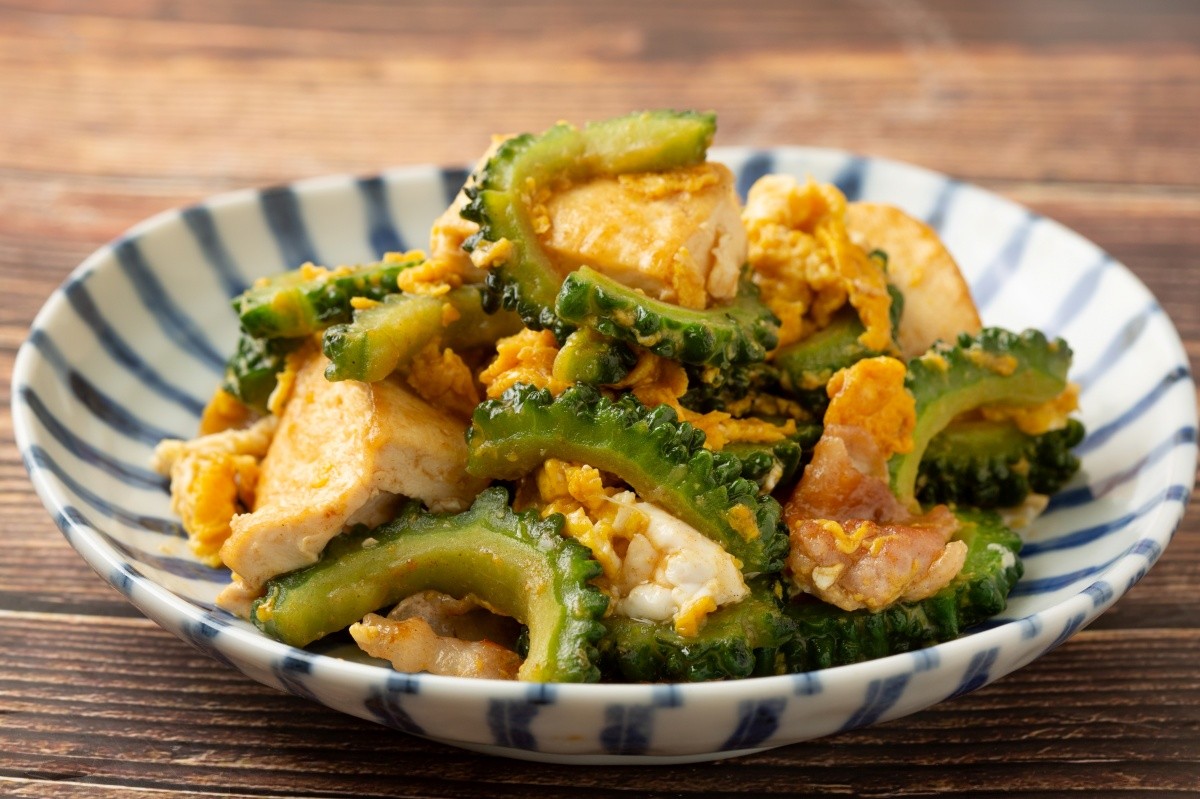
Bitter melon, known for its distinctive bitterness, is a representative summer vegetable that starts appearing gradually from around June. It's commonly used in stir-fries like the Okinawan dish "Goya Champuru." Rich in vitamin C, it's effective for recovering from summer fatigue and preventing heat exhaustion. For those who find the bitterness challenging, techniques like salt-rubbing or specific cooking methods can make it more palatable.
Famous Festivals and Events in Japan in June
Although June marks the beginning of the rainy season in Japan, various traditional events and festivals coloring early summer are held across the country. These provide valuable opportunities to experience the history, culture, and scenery unique to each region. Here are some particularly famous festivals along with their dates.
Kifune Festival (Kyoto)
The Kifune Festival, held at Kifune Shrine in Kyoto on June 1, is a traditional Shinto ritual to thank the water deity Takaokami-no-kami and pray for a bountiful harvest. The sight of the mikoshi (portable shrine) procession along the Kibune River and the procession in traditional costumes creates a solemn and beautiful atmosphere in the quiet mountain landscape.
👉 Click here to make a reservation for hotels, inns and lodgings in Kyoto Prefecture (JTB)
Sanno Festival (Tokyo)
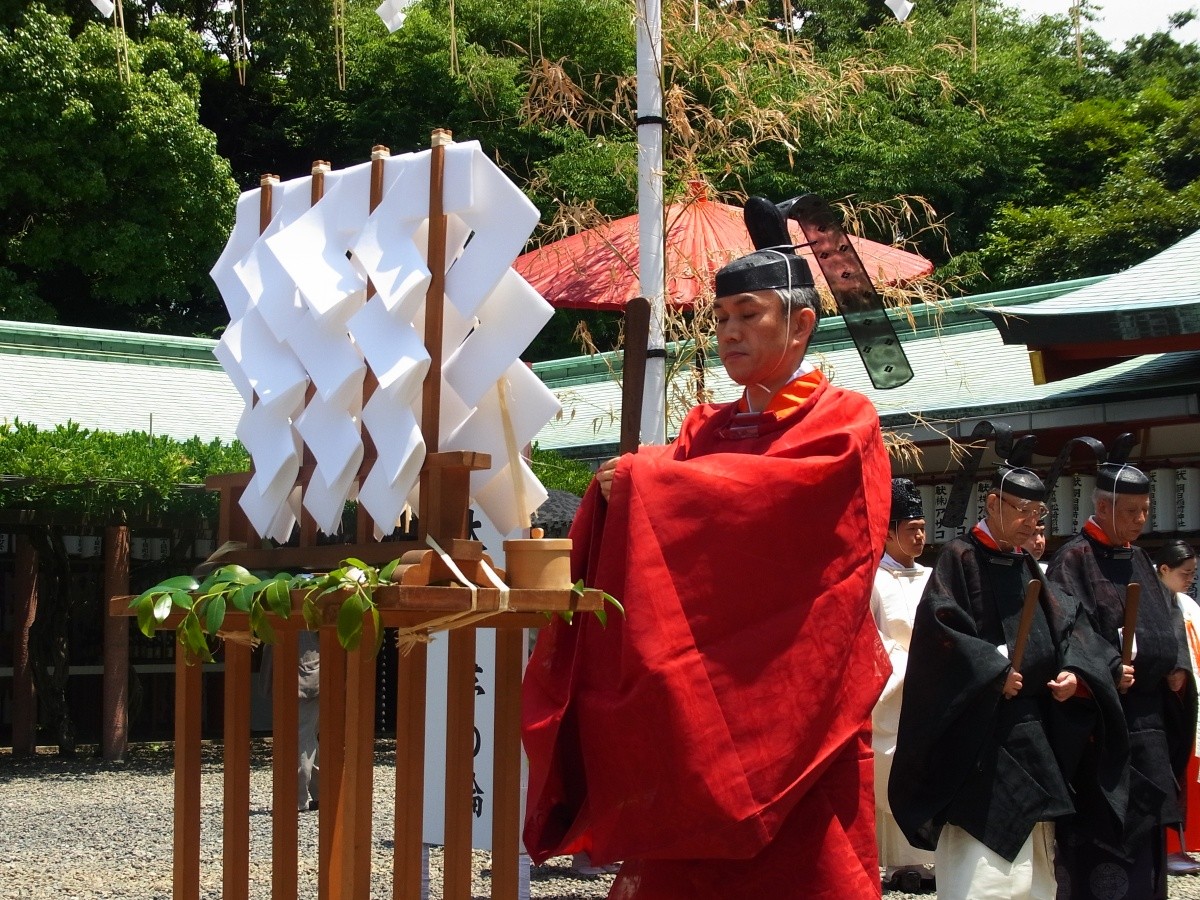
The Sanno Festival, held at Hie Shrine in Chiyoda, Tokyo, is one of the three great Edo festivals. It takes place in mid-June in even-numbered years. Particularly in even years, the "Shinko-sai" is held, featuring a grand procession of mikoshi and elegant parades around the Imperial Palace. It's a precious festival where you can feel history and formality right in the heart of the city.
👉 Click here to make a reservation for hotels, inns and lodgings in Tokyo (JTB)
Yosakoi Soran Festival (Hokkaido)

The Yosakoi Soran Festival, held in Sapporo City in early June, is an energetic event where dancers, mainly young people, parade through the streets with naruko (wooden clappers) in hand. With its unique style fusing Kochi's Yosakoi dance and Hokkaido's Soran Bushi, it envelops early summer Sapporo in excitement.
Chagu Chagu Umakko (Iwate)
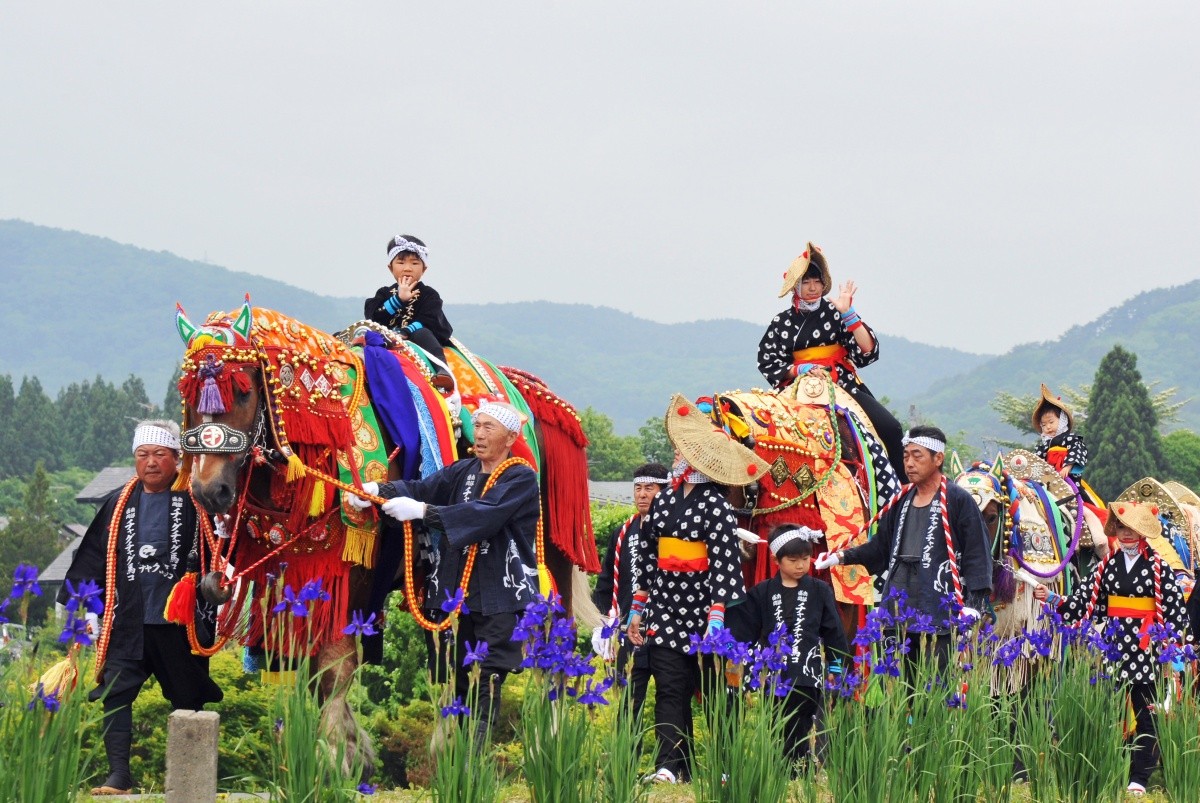
"Chagu Chagu Umakko," held in Iwate Prefecture on the second Saturday of June, is a traditional event where elaborately decorated horses parade for about 15 km from Takizawa City to Morioka City. The sound of bells "chagu chagu" resonates along with the procession, making it a pastoral event praying for children's good health and the safety of horses.
👉 Click here to make a reservation for hotels, inns and lodgings in Iwate Prefecture (JTB)
Kanazawa Hyakumangoku Festival (Ishikawa)
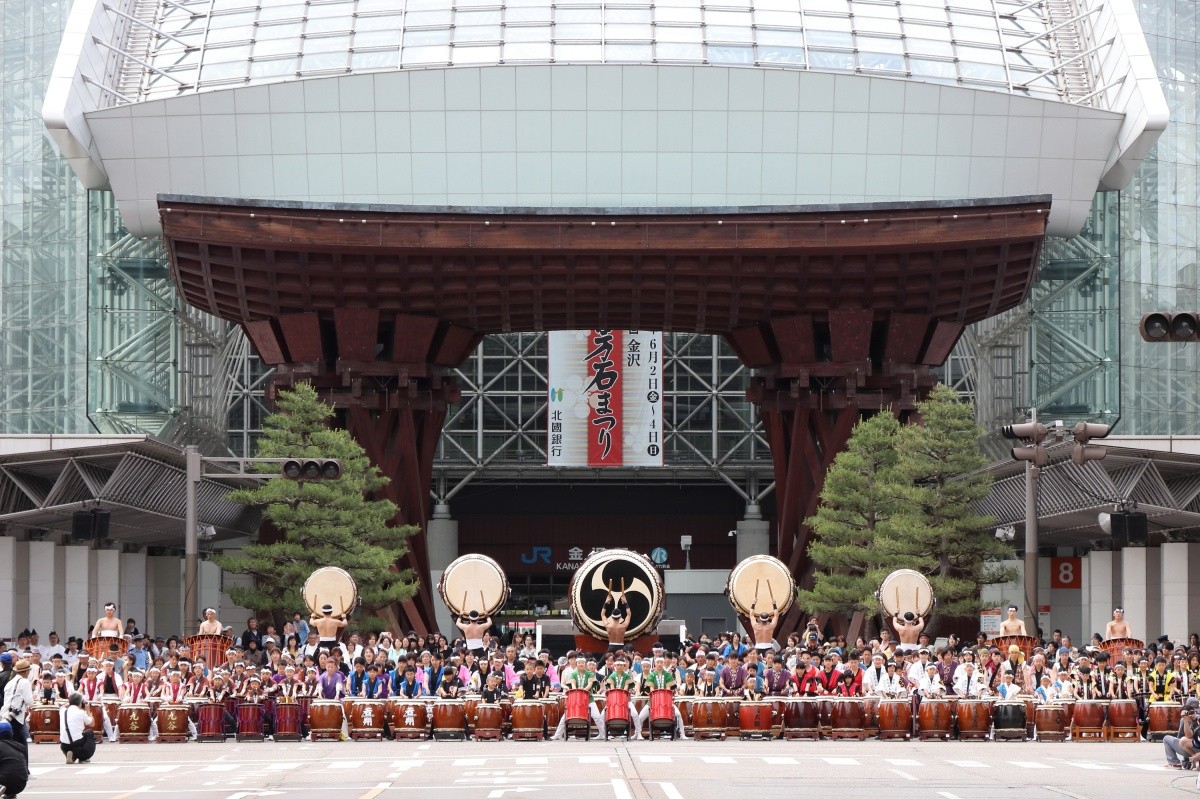
The "Kanazawa Hyakumangoku Festival" is held over the first weekend of June to commemorate the entry of Maeda Toshiie, the founder of the Kaga domain, into Kanazawa Castle. It features a samurai parade in armor, traditional performing arts, and powerful taiko drum performances, enveloping the entire Kanazawa city in historical romance. As the largest event in the Hokuriku region, it attracts many tourists.
👉 Click here to make a reservation for Kanazawa hotels, inns and lodgings in Ishikawa Prefecture (JTB)
Atsuta Festival / Shobu Festival (Aichi)
The "Atsuta Festival (Shobu Festival) held at Atsuta Shrine in Nagoya City on June 5 is a grand Shinto ritual praying for military success and bountiful harvests. At night, about 1,000 fireworks are launched, creating a fantastic night along with kagura performances and dedicatory music. For citizens, it has become a summer tradition announcing the arrival of the season.
👉 Click here to make a reservation for Nagoya hotels, inns and lodgings in Aichi Prefecture (JTB)
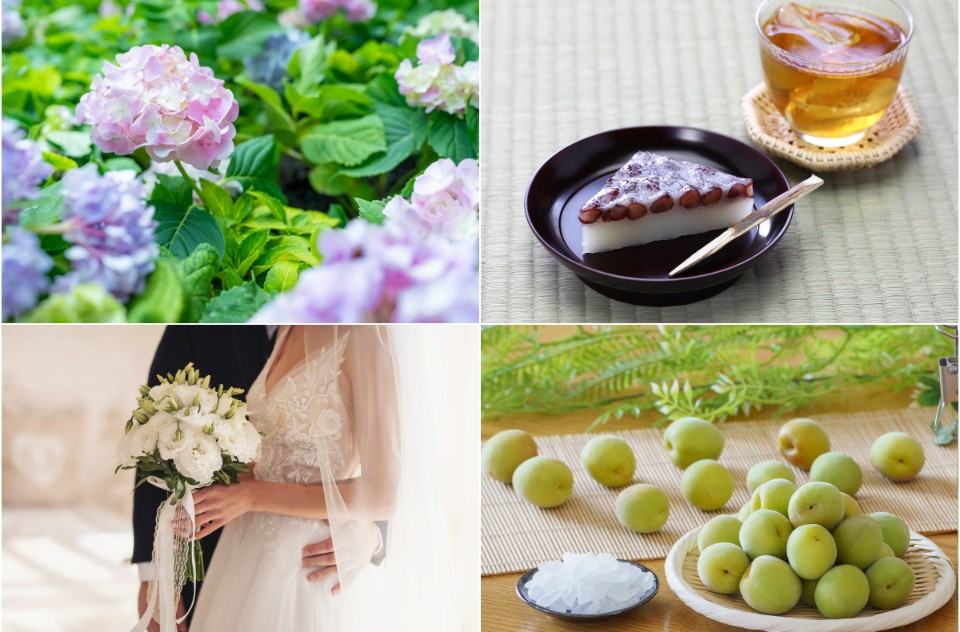

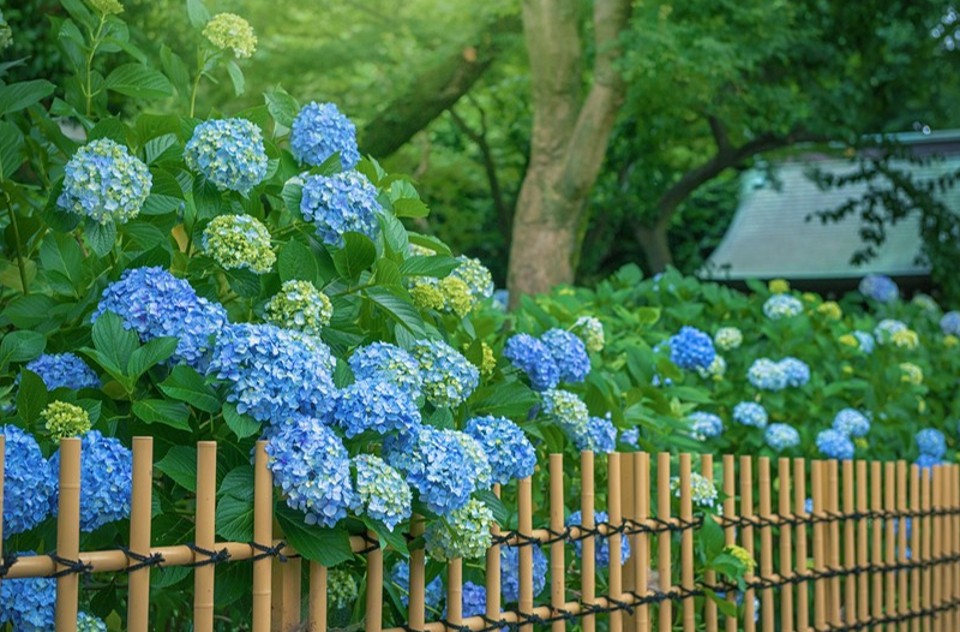

Comments